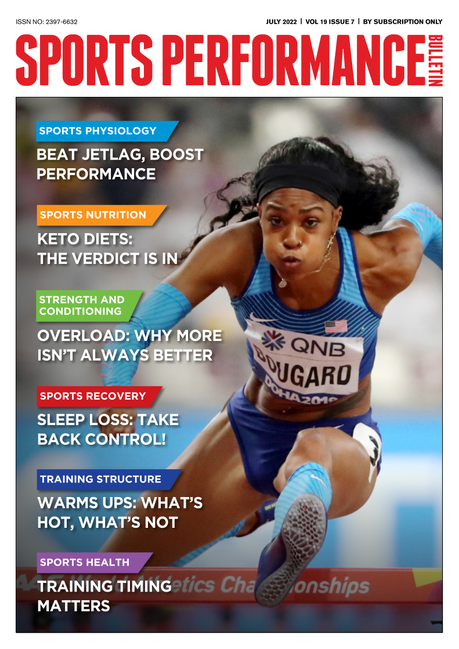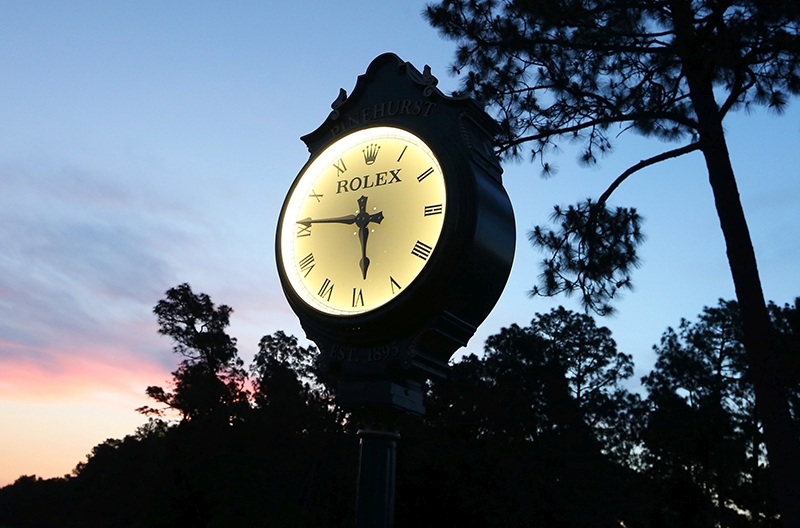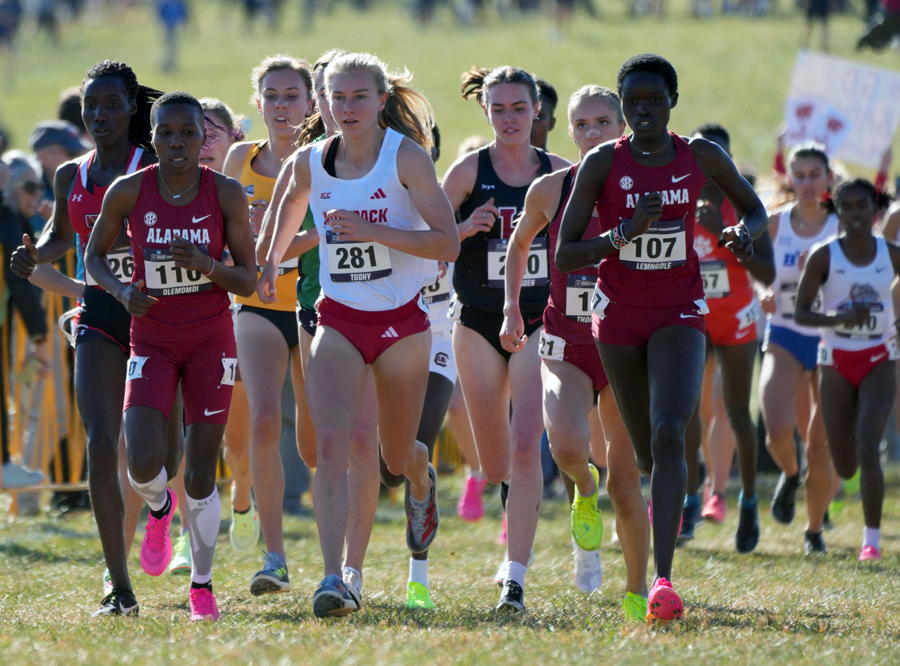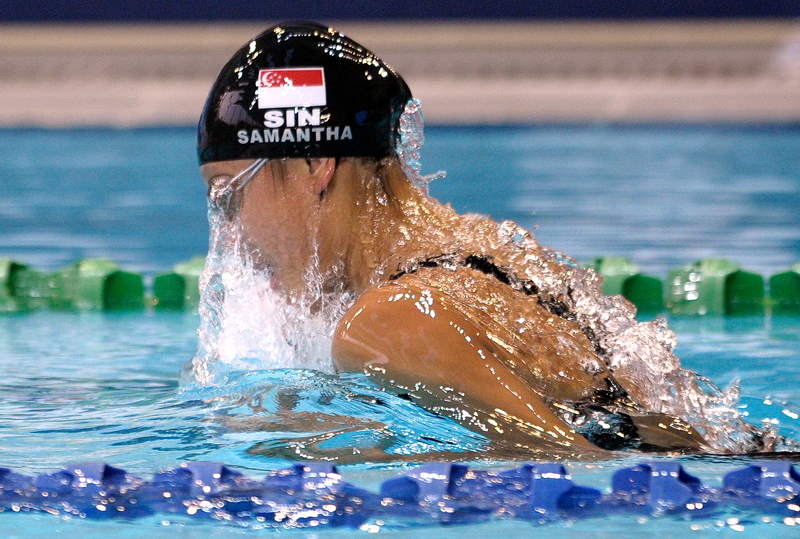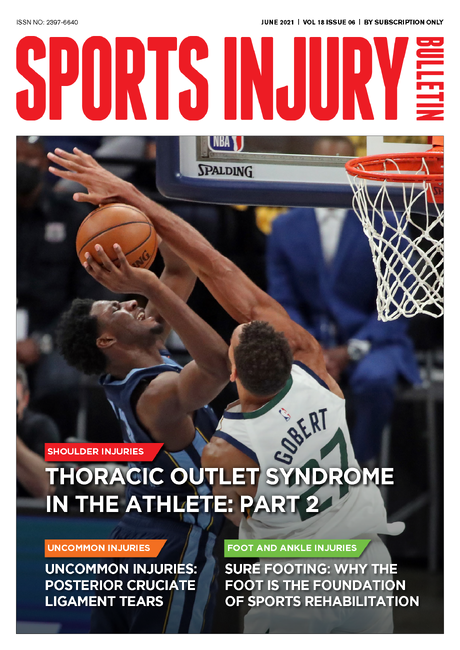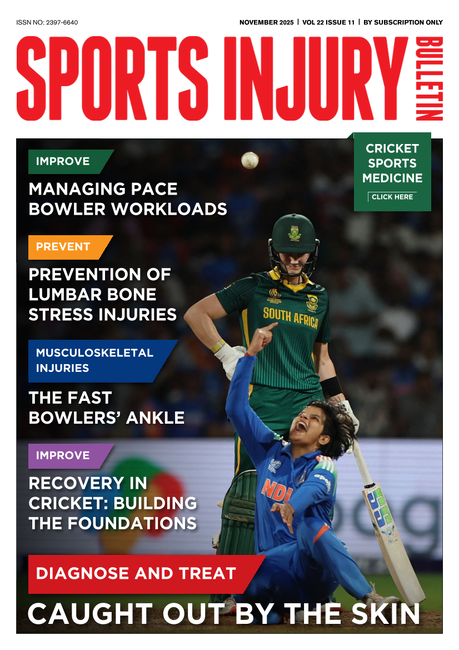Cycling and bone health: jump to it with collagen!

Assuming that cyclists undertake a properly structured training program, and that they allow adequate time for recovery with good nutrition, the health spin offs of increased cycling performance are almost always beneficial. Indeed, research shows that increasing aerobic fitness through activities such as cycling confers several health benefits:
- Better control of blood sugar(1).
- Reduced blood pressure(2,3).
- Lower levels of (unhealthy LDL) blood cholesterol(2,3).
- Reduced body fat(4).
- Reduced risk of cardiovascular heart disease (as the result of 1-4)(5,6).
- Better quality of life in older age(7).
Bone health drawbacks
However, one area where (unlike many other forms of exercise) cycling might not deliver health benefits is bone health, or more specifically, increasing bone mineral density (BMD). Building and maintaining good levels of BMD matters for health because low levels of BMD are associated with an increased risk of osteoporosis. Osteoporosis is a disease that affects mainly (but not exclusively) older people in which bones gradually become more fragile and likely to break. These broken bones are also known as fractures and typically occur typically in the hip, spine, and wrist.
Osteoporosis (which quite literally means ’porous bones’) is often known as the ‘silent crippler’ because it often progresses painlessly and unnoticed, until a bone actually breaks. Although any bone can be affected, fractures of the hip and spine are particularly problematical because they can produce a number of long-term complications including loss of ability to walk and permanent disability, loss of height and severe back pain.
Improving bone health
Although osteoporosis remains poorly understood as a disease process, we do know that being physically inactive is a very big risk factor for developing osteoporosis. This is because vigorous ‘bone-loading’ with physical activity is very effective at stimulating the uptake of calcium into bones, thereby helping to build bone mass in earlier years, and reducing the loss of bone mass in later years(8).
Research has shown that the higher the muscular and impact load (gravitational) forces, the higher the BMD produced; so for example, gymnasts whose sport requires high loadings and impacts tend to have higher BMDs than endurance runners(9). There’s also evidence that activities that develop strength (such as weight training) are particularly effective at producing high BMDs in the hip and spine(10,11). By contrast, those who participate in sports with plenty of muscular motion, but without substantial loading (eg swimming) do not achieve the high BMDs of sports with higher loadings(12).
Bone loading and BMD in cyclists
Muscular loading during cycling can be very high, especially during sprinting – for example on the track. On the other hand, the smooth spinning nature of the pedaling action and the fact that cyclists are supported by their saddle means there’s virtually no bone loading associated with gravitational impacts (unlike the shock of foot-strike during running or field sports). In distance road cycling therefore, where sprinting is only a minimal component, the degree of total bone loading is likely to be quite low. This fact has prompted researchers to look at the issue of BMD in cyclists more generally, and the past 14 years’ or so of research makes for uncomfortable reading.
A study on BMD using DXA (dual X-ray absorptiometry – the most accurate method of determining bone density and mass) by Brazilian scientists found that while well-trained young cyclists were aerobically fitter and had more muscle mass, their bone BMDs were no higher than sedentary controls of the same age(13). However (and more worryingly), some studies indicate that road cycling could actually have a detrimental effect on BMD. For example, French research found that compared to healthy non-cycling males, road cyclists had lower levels of BMD, and this was despite the fact that they were consuming significantly more dietary calcium (considered essential for bone health) than their sedentary counterparts(14).
A 2010 study looked at pro cyclists who had competed in events such as the Giro d’Italia, Tour de France or Vuelta a Espana) in each of the previous three years(15). Compared to healthy, non-cycling controls who had not performed weight-bearing exercises (ie running or resistance training) for more than 1 hour per week for three years prior to the time of the study, the pro cyclists had significantly lower levels (9.1% less) of BMD than the control group. More worrying still was that in the lumbar vertebra of the lower back and femoral neck (ball joint at the top of femur – see figure 1), BMDs were 16% and 18% lower respectively. In the intervening years, research has continued to accumulate that high volumes of cycling are not just ineffective at building good bone density, but may actively harm it. For an excellent summary of the most up to date research on cycling and bone health hazards, readers are directed to this 2023 paper by Hilkens et al, which was published in May of this year(16).
Figure 1: Anatomy of the femoral neck
You need to be logged in to continue reading.
Please register for limited access or take a 30-day risk-free trial of Sports Performance Bulletin to experience the full benefits of a subscription. TAKE A RISK-FREE TRIAL
TAKE A RISK-FREE TRIAL
Newsletter Sign Up
Testimonials
Dr. Alexandra Fandetti-Robin, Back & Body Chiropractic
Elspeth Cowell MSCh DpodM SRCh HCPC reg
William Hunter, Nuffield Health
Newsletter Sign Up
Coaches Testimonials
Dr. Alexandra Fandetti-Robin, Back & Body Chiropractic
Elspeth Cowell MSCh DpodM SRCh HCPC reg
William Hunter, Nuffield Health
Keep up with latest sports science research and apply it to maximize performance
Today you have the chance to join a group of athletes, and sports coaches/trainers who all have something special in common...
They use the latest research to improve performance for themselves and their clients - both athletes and sports teams - with help from global specialists in the fields of sports science, sports medicine and sports psychology.
They do this by reading Sports Performance Bulletin, an easy-to-digest but serious-minded journal dedicated to high performance sports. SPB offers a wealth of information and insight into the latest research, in an easily-accessible and understood format, along with a wealth of practical recommendations.
*includes 3 coaching manuals
Get Inspired
All the latest techniques and approaches
Sports Performance Bulletin helps dedicated endurance athletes improve their performance. Sense-checking the latest sports science research, and sourcing evidence and case studies to support findings, Sports Performance Bulletin turns proven insights into easily digestible practical advice. Supporting athletes, coaches and professionals who wish to ensure their guidance and programmes are kept right up to date and based on credible science.

